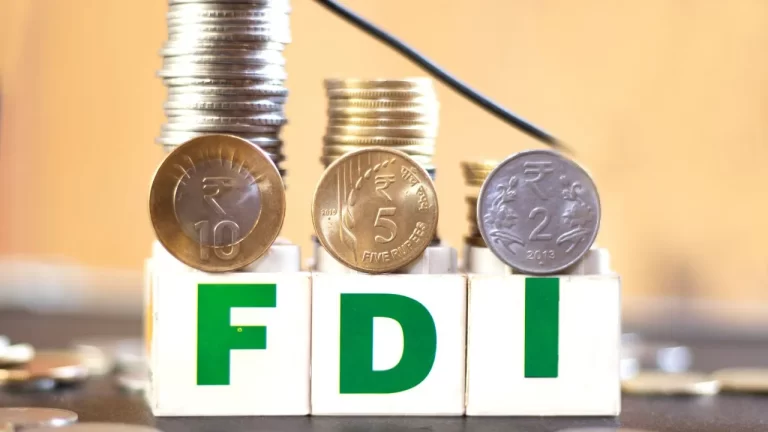Fitch Ratings: Below-Median Growth Anticipated in Pakistan
Pakistan is set to remain dependent on successful IMF program
Muhammad Haris
As below-median growth anticipated in Pakistan, it is set to remain dependent on successful IMF program.
GDP growth for APAC sovereigns is projected to surpass that of their counterparts in other regions. Below-median growth is anticipated for a few APAC sovereigns, namely Japan, New Zealand, and Pakistan.Pakistan Assures IMF To Increase Revenue Base
The Asia-Pacific (APAC) region is expected to demonstrate resilience in 2024 despite facing various challenges, such as slowing global growth, high yields, geopolitical tensions, and persistent property-sector issues in China.
Elections are slated for 2024 in almost half of the rated APAC sovereigns, leading to some uncertainty, particularly in India, Indonesia, Korea, Pakistan, and Sri Lanka.
Reform momentum has slowed in the lead-up to elections, and the policy agendas of the incoming governments could impact credit profiles.
However, there is a general expectation of policy continuity in most places.
The likelihood of election outcomes influencing credit profiles is considered higher in Pakistan and Sri Lanka, where dependence on successful IMF program implementation and official support persists.
Geopolitics will remain a significant factor in the APAC region, particularly concerning Taiwan and Korea.
Observable shifts in global manufacturing supply chains may benefit certain APAC sovereign credit profiles, although these changes are expected to be gradual.
Despite a substantial decline in China’s FDI inflows in recent quarters, the country remains a crucial hub in global supply chains despite geopolitical pressures.
The growth outlook is anticipated to be buoyed by a gradual upturn in the global tech cycle and robust domestic demand in specific areas.
While weak global growth may impact demand for Asia’s electronics production and exports, certain high-frequency data, such as those from Singapore and Korea, indicate the initiation of an upward trend in the tech cycle, supported by advancements in technologies like 5G and AI.
Fiscal outlooks will vary, and despite high borrowing costs and moderate fiscal deficit reductions, debt ratios are expected to increase in about half of the APAC sovereigns in 2024, despite solid growth rates.
The rising government debt ratio, coupled with significant contingent liabilities, poses an increasing challenge for China.
Many sovereigns in the region have seen a reduction in fiscal headroom in recent years, rendering them more susceptible to new external shocks.
It is forecasted that government debt/GDP will be higher in 2025 than in 2019 for approximately 80% of the sovereigns.
Rating actions in 2023 were primarily focused on frontier markets, with notable events including the downgrade of Pakistan to ‘CCC-‘ in February and the subsequent upgrade to ‘CCC’ in July, both linked to changes in its external financing outlook. Vietnam was upgraded to ‘BB+’ in December, reflecting a favorable medium-term growth outlook supported by robust FDI inflows, expected to drive sustained improvements in structural credit metrics.
The rating outlook distribution for the APAC sovereign portfolio is slightly tilted, with two negatives for Bangladesh and the Maldives, but most outlooks are stable. External financing pressures are anticipated to persist for some frontier markets in 2024.








